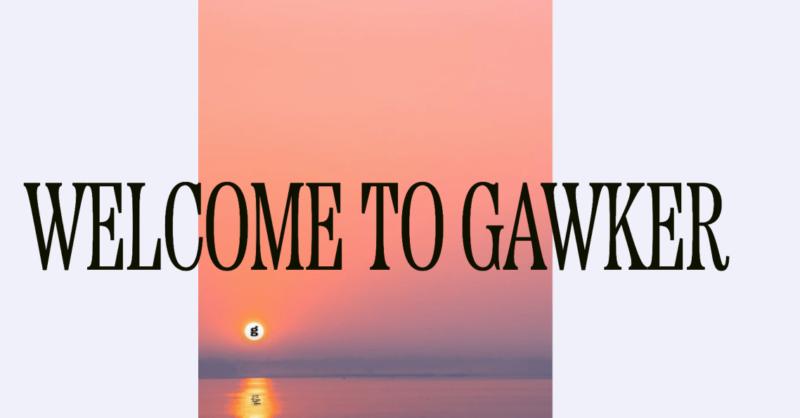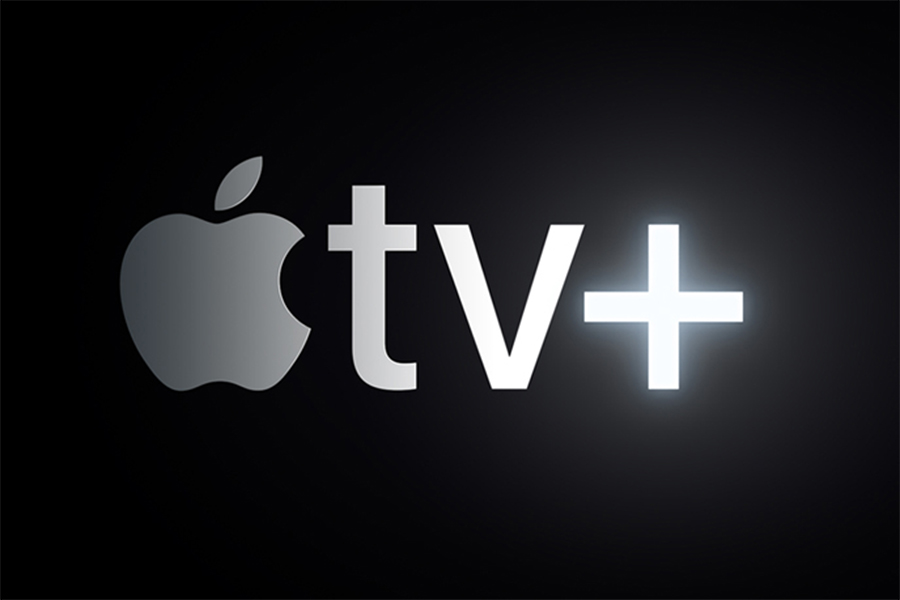- Digital Media Products, Strategy and Innovation by Kevin Anderson
- Posts
- How targeting specific audiences can lead to subscription success
How targeting specific audiences can lead to subscription success
And how to reorganise your media business to drive subscription success

There were two great reports out this week, one from WAN-IFRA and another by FT Strategies, that highlight the importance of an audience focus in two different but important ways. WAN-IFRA manages the Table Stakes Europe project, and three of the key elements of the strategy are about targeting specific audiences. And the report has several examples of how publishers across Europe have decided on what audiences to target and the results of their experiments.
FT Strategies runs a Subs Academy, and in the third report of this project, they look at the organisational and operational changes that are needed for subscription growth: collaboration, transparency and audience centricity. When the FT talks about audience centricity, they highlighted how media organisations needed to refine the metrics that they use so that they were measuring things that were most tightly correlated with subscription growth. Both reports are worth a read.
When I first saw the headline go past comparing ChatGPT and TikTok's growth trajectory, I was a little sceptical, but after reading deeper, the research from UBS seems to hold up based on monthly average users (MAUs). However, I think it's worth noting that both ChatGPT and TikTok rely on machine learning algorithms of some sort so I see this as a story about the growth of AI overall rather than a horse race.
In media industry news, Gawker is being shuttered again,
Go deep in targeting specific audiences and measuring the audiences that drive subscription growth
FT Strategies goes deep into the kind of operational and organisational changes necessary to drive subscription success. This aligns with the work that I did during my master''s dissertation that highlighted how critical it is to have alignment across the organisation that is rooted in a set of priorities that C-level leaders have agreed upon. Product managers are not magical. They cannot overcome a lack of alignment above them, and if they put in a position of trying to overcome irreconcilable priorities amongst senior stakeholders, they will burn out. This report outlines a number of steps to create alignment and collaboration and also that flows into audience-centric activities and KPIs that measure the success of those activities.
And speaking of audience centricity, WAN-IFRA has an excellent report based on their work with publishers for the Table Stakes Europe project. The underlying hypothesis for the Table Stakes project is that news publishers need to develop and distribute content for specific audiences. This report outlines how a number of publishers are following this playbook and the measurable results that they are having in building brand awareness amongst groups that they currently don't reach and converting those audiences to paying subscribers.
If you're a B2B publisher or cover business, LinkedIn is building tools for you to reach those audiences. I am thinking about experimenting with these tools at Pugpig, and I'd be interested in hearing any success that you might have had with the platform.
UBS says that ChatGPT is the fastest-growing app in the world
As I said before, I think that this really speaks of the maturity that AI and machine learning has reached that it has broken into the mainstream conversation. I remember more than a decade ago when Clay Shirky was asked about the next killer app at an RSA event in London. He said, "Email." It was ubiquitous, which speaks to a level of mass adoption. Before mass adoption, you need to have mass awareness, and ChatGPT is providing that for AI.
A bit of analysis from the moral panic end of the AI discussion.
A bit of practical knowledge here. Bing will now use an XML tag about when the post has been updated rather than a publish date so that it knows when content has been refreshed. Something to use. Bing isn't dead. With it's investment in ChatGPT and its updates, it is still contesting search.
Famous founders launching new products
A couple of notable new launches that are interesting for the founders and in one case the product. US consumer advocate and presidential candidate Ralph Nader has launched a newspaper to fill a gap where he lives.
For a launch with slightly wider implications, the founders of Instagram have launched a new news app. I find it slightly interesting that it is called TikTok for text because the underlying ML technology for TikTok started life in an Asian news aggregator app.
And as new sites launch, old sites fade away. The resurrected Gawker has been put on ice because its new owners say that they won't continue to invest in "a pre-monetisation product". That's bloodlessly scathing.
Platform News: Meta's earnings, Google's anti-trust woes and Twitter business moves
And we have a quick end-of-the-week roundup of news about platforms. Meta's stocks on a bit of a tear, and its recent results will probably support that. Google on the other hand faces challenges both in its business and from regulators in the US, Europe and elsewhere. Apple's service revenue growth slowed for the first time in three years, but it's still growing! And we get a glimpse of what Elon Musk is planning for Twitter's new look business model. It's no secret that he has been thinking about changing Twitter into an Asian super app ala the weibo in China. Those apps are both micro-blogging apps, shopping apps and payment/financial apps. However, you only have to look at Meta's challenge with introducing a virtual currency to see how this might not be as easy in the US.
And he cutting off free access to its API. That might not be a bad thing for Twitter or for its eco-system. They should have done this a long time ago. It would have strengthened Twitter and provided a route to maturity for its eco-system.












